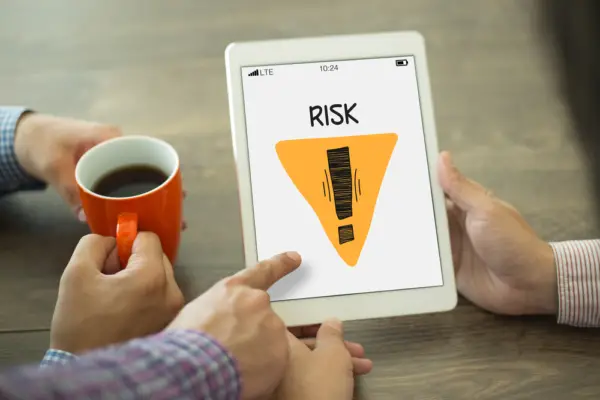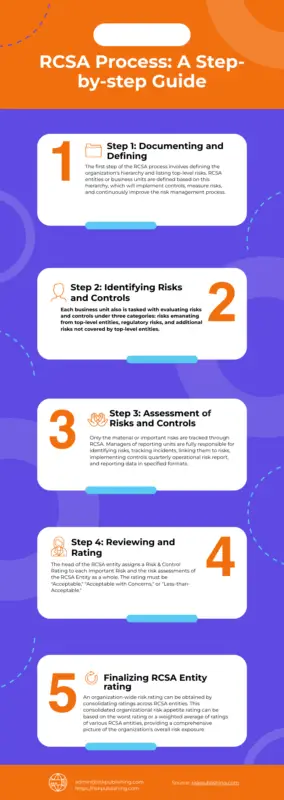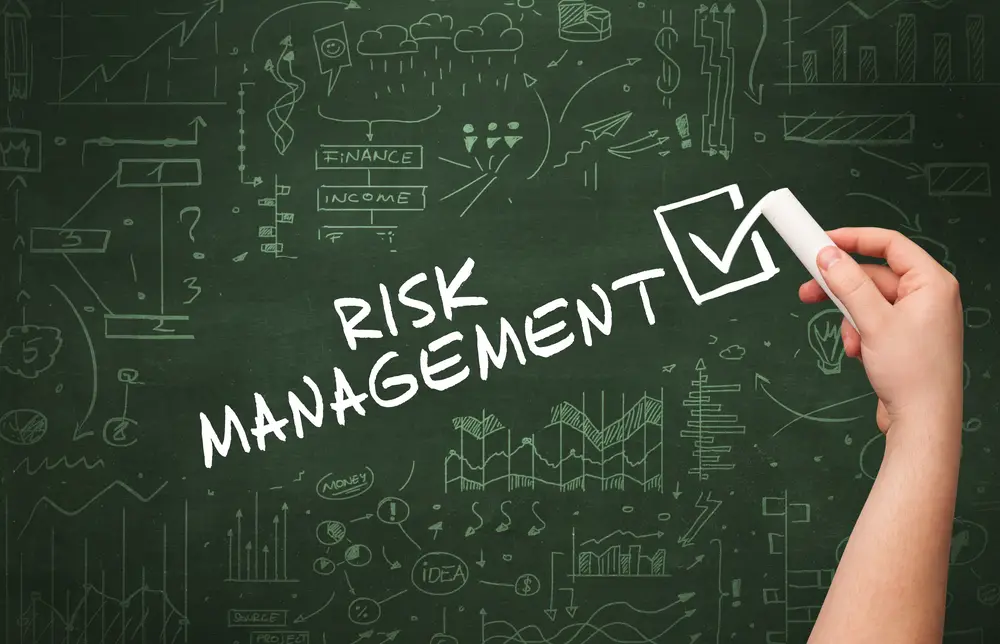In today’s dynamic business environment, understanding and managing risk and control environment is critical to any successful organization’s strategy. One of the most effective tools in a risk manager’s toolkit is the Risk and Control Self-Assessment (RCSA).
This comprehensive guide aims to demystify RCSA, highlighting its importance, components, benefits, and best practices for successful implementation.
The Risk Control Self Assessment (RCSA) method is an empowering method for identifying and evaluating risks and controls across all organization’s business units. Increases a business unit’s participation in determining and maintaining the management and risk management system.
RCSA aims to include the use of risk management techniques, business processes, and cultures in staff work and businesses to achieve objectives. It aims to create an effective structure that supports management and workers in all areas.

Understanding Risk and Control Self-Assessment (RCSA)
RCSA, or Risk and Control Self-Assessment, is a methodology used by businesses to manage their operational risk and business risks. It is a structured approach that involves identifying, assessing, mitigating, and monitoring risks across all levels of an organization.
RCSA provides a snapshot of an organization’s risk profile at a given time, helping to ensure the business remains within its risk appetite.
At its core, RCSA is a methodology utilized by organizations to identify, assess, manage, and monitor operational and business risks. It’s a proactive approach to risk management, typically evaluates inherent risk and offering an in-depth snapshot of a company’s risk profile at any given time.
The relevance of RCSA in businesses is paramount. Given the myriad of potential risks, including financial, and operational risks, and reputational, an effective RCSA process can mean the difference between success and failure.
Regular RCSA exercises ensure businesses stay within their risk appetite, mitigating potential pitfalls before they become problematic.
The importance of RCSA in businesses cannot be understated. In an era where businesses are increasingly subject to a myriad of risks. These risks include financial, operational, reputational, and regulatory risks, an effective RCSA process can be the difference between success and failure.
The timing of performing an RCSA can vary depending on the nature of the business, regulatory requirements, and the specific risk landscape. However, a good rule of thumb is to conduct RCSA on a regular basis, such as annually or biannually, and whenever significant changes occur in the business environment, such as launching a new product or entering a new market.
Main Components of RCSA
The RCSA process typically involves four key components: Identification, Assessment of Risks, Risk Mitigation, and Risk Monitoring.
Identification of Risks is the first step, where potential risks that could affect the organization and business objectives are identified. This could involve brainstorming sessions, interviews with staff members, and analysis of historical data.
Assessment of Risks involves evaluating the identified risks based on their potential impact and the likelihood of their occurrence. This helps to prioritize and identify risks and focus resources on the most significant threats.
Risk Mitigation involves assessing risks and developing and implementing strategies to manage the identified risks. This could involve establishing controls to prevent risks or contingency plans to manage them should they occur.
Finally, Risk Monitoring involves continuously monitoring the effectiveness of the risk mitigation strategies and making necessary adjustments. This ensures that the RCSA process remains effective in managing risks as they evolve over time.

Benefits of conducting RCSA
Conducting RCSA provides numerous benefits. First, it can increase operational efficiency by identifying inefficiencies and potential issues before they become significant problems. By addressing these proactively, organizations can improve their operational performance and bottom line.
Second, RCSA can decrease risks of loss. By identifying and managing risks proactively, organizations can mitigate potential losses. This is particularly important in industries such as finance and insurance, where losses can have significant financial implications.
Third, RCSA can enhance investor confidence. A robust RCSA process shows investors that the organization takes risk management seriously, which can improve their perception of the organization’s stability and long-term viability.
Lastly, RCSA can help organizations meet regulatory compliance. Many industries have regulations requiring organizations to have robust risk management processes.
Conducting risk assessments using RCSA can demonstrate compliance with these regulations, avoiding potential penalties and reputational damage.
Increasing operational efficiency: RCSA can improve operational performance by identifying and addressing inefficiencies, control weaknesses, and potential issues before they become significant problems.
Decreasing risks of loss: By proactively identifying and managing risks, organizations can avoid potential losses, particularly critical in sectors like finance and insurance.
Enhancing investor confidence: A robust RCSA process shows investors that the organization takes risk management seriously, fostering their trust in its stability.
Meeting regulatory compliance: Many industries require businesses to demonstrate robust risk management processes. RCSA can help meet these regulatory requirements, avoiding potential penalties and reputational damage.

Best Practices for a Successful RCSA risk control self-assessment program
Organizations need ensure they have a clear understanding of their risk appetite. They also need to have established a cross-functional team responsible for conducting RCSA.
Also, Promoting a risk-aware culture is also crucial. All risk managers and staff members should understand the importance of risk management and their role in the RCSA process. It could involve training sessions, communication campaigns, and incorporating risk management into performance objectives.
Managing findings obtained from RCSA is another critical aspect of residual risk itself. It involves taking action to address identified risks and tracking these actions to ensure they are implemented effectively.
Finally, keeping the risk assessment report up to date is essential. The risk landscape can change rapidly, and the RCSA process should reflect these changes. Regularly update the risk report ensures that it remains a useful tool for managing risks.
This will involve not only documenting new risks but also updating the status of existing risks. It also shows the effectiveness of the implemented mitigation strategies.
Preparing for RCSA: Establish a clear understanding of their risk appetite and set up a cross-functional team to conduct the RCSA.
Promoting a Risk-Aware Culture: All staff members should understand the importance of operational risk management framework and their role in the RCSA process. This can be achieved through training sessions and communication campaigns.
Managing RCSA Findings: This involves taking action to address identified risks and tracking these actions to ensure they’re implemented effectively.
Keeping the Risk Report Up to Date: The operational risk management landscape can change rapidly, and the RCSA process should reflect these changes. Regularly updating the risk report ensures it remains a practical tool for risk management.

Conclusion
Risk and Control Self-Assessment (RCSA) is a crucial process that aids organizations in effectively managing operations and business risks. It is a comprehensive approach operational risk managers that involves the identification, assessment, mitigation, and continuous monitoring of risks.
Through an effective RCSA process, organizations can enhance operational efficiency, decrease potential losses, take risk exposure, boost investor confidence, and ensure regulatory compliance.
The success of RCSA largely depends on well-defined procedures, fostering a risk-aware culture, effective risk control self-assessments, management of findings, and keeping the risk report up to date.

Chris Ekai is a Risk Management expert with over 10 years of experience in the field. He has a Master’s(MSc) degree in Risk Management from University of Portsmouth and is a CPA and Finance professional. He currently works as a Content Manager at Risk Publishing, writing about Enterprise Risk Management, Business Continuity Management and Project Management.

